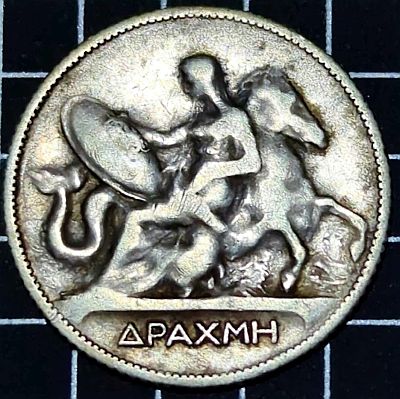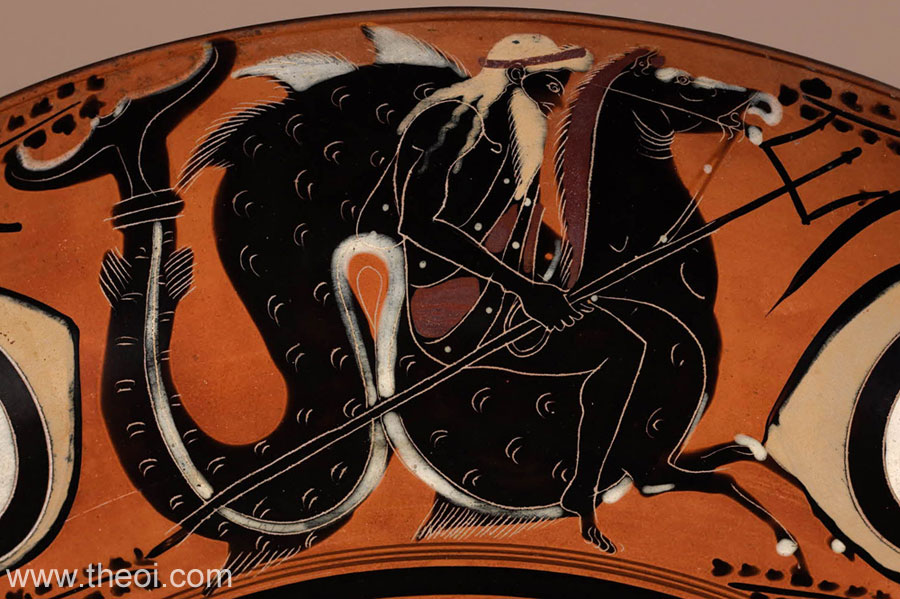History of Greece
The last time we visited Greece itself (rather than another country in the Ancient Greek Empire) was with of the first coins on the site, this beautiful Owl of Athene, around 133 B.C.
Following the Hellenistic period, the Greek empire fell to the Romans, who in turn gave way to the Byzantine empire. Like much of that empire, Greece then fell under the control of the Ottoman Empire.
Under the Ottoman Turks the Greek populations took recourse to their church and religion, as these were the only recognized institutional forms of identification of and administration for the non-Muslims. The awakening of the Greek collective identity brought about the Greek War of Independence in 1821, which led to the emergence of the Modern Greek state (1830).
The Modern Greek State at the beginning comprised only Peloponnesus, west and east-central Greece (Sterea Hellas), and the Aegean Islands of Cyclades and Sporades. During the rest of the 19th Century, new areas inhabited by compact Greek populations were gradually included into the Greek state. At the same time, the newly emerged state took its first steps toward political and economic modernization. The period from 1897 to 1922 witnessed the territorial integration of the Modern Greek state. Important events and headlong developments, as well as the improvement of constitutional democracy determined the evolution of Greece and decisively contributed to its formation as a modern state.
Obverse

The obverse features a “Portrait of mature King George I head facing left, date below“. King George I ruled from 1863 – 1913. Earlier coins featured a younger bust of the king.
George came to power following the expulsion of Otto, the first “King of Greece“. George, and all monarchs since, have styled themselves “King of Hellenes“.
Reverse

The reverse has the denomination at the bottom. Above that, the “Mythological figure Thetis with the shield of Achilles, seated on sea horse”.
Thetis was a goddess of the sea and the leader of the fifty Nereides. Like many other sea gods, she possessed the gift of prophesy and power to change her shape at will. Prophesy foretold that she would bear a son greater than her father (Nereus, “Old man of the sea”). Zeus had her marry a mortal and she gave birth to Achilles. Thetis called in many favours to protect her son during the Trojan War.

(A cup, featuring a design of Poseidon, holding a trident, rides on the back of a hippocamp. Image from Theoi.com).
The sea horse, Hippokampoi or Hippocamps were mythological fish-tailed horses of the sea. Depicted as composite creatures with the head and fore-parts of a horse and the serpentine-tail of a fish. They often had green scales and fish-fin manes and appendages.
Hippokampoi were the mounts of Nereid nymphs and sea-gods, and Poseidon drove a chariot drawn by two or four of the creatures.
This design was used on this 1 Drachme coin of 1910-1 and the 2 Drachmai coin of 1910. 1 Drachme (or Drachma) was worth 100 Lepta. The design on this coin is based on the Didrachm of Pyrrhus. That coin was issued around 279 – 274 BC:

(Didrachm, featuring Thetis on a sea horse, issued 279-274 BC, image: Numista).
I do love this design. What is your favourite coinage representation of mythology or a mythological creature? Let us know in the comments!


Leave a Reply